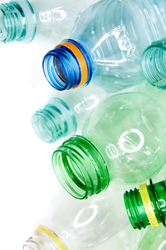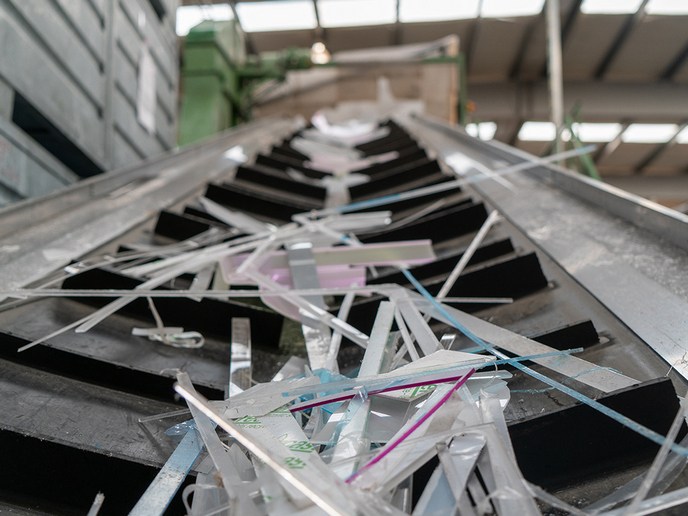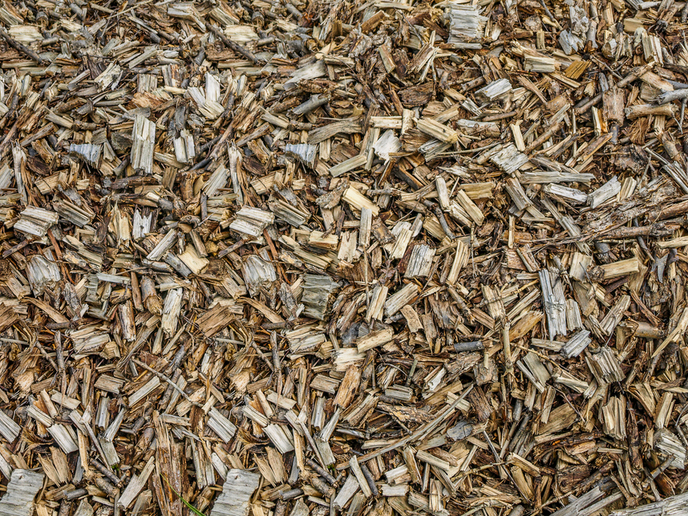Improving plastics through their ingredients
Project partners from the Chemical Process Engineering Research Institute in Thessaloniki, Greece, studied what happens to alpha-olefins in the presence of a polyolefin. A polyolefin is a large molecule made up of a series of simple molecules or monomers, olefins. Alpha-olefins are a special type of olefin where the double bond is located at the first carbon. An example of the relationship between the two is polythene, the polyolefin, made of ethene units, the olefin. The Greek scientists developed an experimental setup consisting of a feeding mechanism and a suspension micro-balance (SMB) that operated together with a view cell (VC). A stereomicroscope was linked to the VC, enabling samples to be seen in three dimensions. Photographs were taken using a high-resolution camera attached to the microscope and examined using Image Analysis-Pro software. Researchers used the SMB to measure sorption and swelling of the alpha-olefins.The VC was used to measure elongation in terms of length, width and thickness. Readings could be taken at the necessary high temperatures and pressures extending up to 120°C and 300\;bar respectively. The new experimental setup provided valuable data about the fate of alpha-olefins in polyolefins. Information gained through the success of the Polyprop project can help in the development of better and more cost-efficient materials and processes for the production of plastic polymers.







